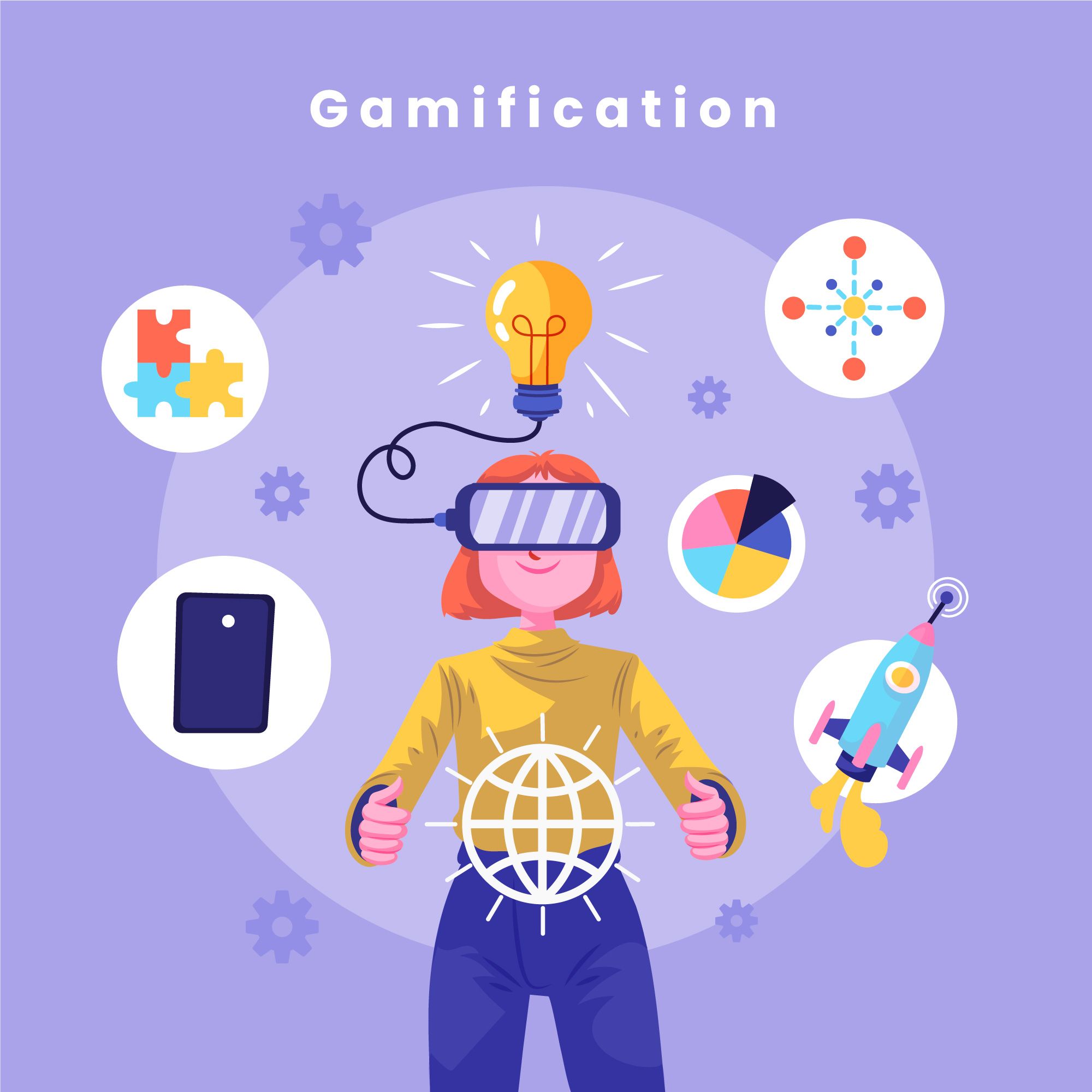Five Ways To Build The Workspace That Works For You

An organised mind spills into how we do things. How do we apply that in our immediate physical environment and intentionally design a workspace that works for us? What does that really mean?
While this might take a while to grasp and apply to our daily lives, I can attest that it has worked for me recently. Looking back about a year or two ago, my workspace was simply a table with drawers stuffed with everything I had, wherever possible.
As I got busier, I realised that, as my mind was a mess, so was my workspace.
Instead of having a desk that was effective and intuitive, I had to constantly reorganise my things. That was when I realised that my workspace could do with improvements.
As I learnt the concept of streamlining and the idea of designing an innovative workspace that boosts creativity and productivity, a little improvement every day has come a long way for me.
These are the things we can do to improve our workspace:
1. Clear, clear, clear!
We can’t have room for improvements if we have no room at all. The very first thing to do if we are not starting from scratch (a new and empty space), is to clear the clutter. This involves keeping what we need, and letting go of what we don’t.
Challenge ourselves to get rid of what we don’t need, and maybe even give them to those who may find it useful.
It might be tough – especially for hoarders and collectors – but a useful way to decide if something should be kept is to determine if it was ever used in recent years.
If it has been there for many years and takes up too much space, it would be good to reconsider if it really is worth keeping, compared to the possibilities it could bring once we’ve learnt to let it go.
It is when we let go of something that we are able to make room for something better.
2. Organise effectively
Everyone knows how to organise, but it is in organising effectively that the difference is seen. This is more than just categorising things and putting them together – it is also in rethinking how to place them systematically according to our ease of use.
If we’re going to use something often, it won’t be a good idea to keep it nicely in a box. Though it may appear organised at the start, it won’t be long till we leave it outside of where it’s supposed to be.
3. Colour moods
Colour can produce a certain mood, whether or not we realise it. Blue is calming like the ocean, while yellow can make a place look warmer – like watching a sunrise or sunset.
Striking colours like hot red can draw much attention, but it could create a stressful atmosphere if the walls of the meeting room are all red. Picking the appropriate colours for your workspace can affect how you work daily, and often, subconsciously.
The worst part is when we don’t even realise it. So take a simple study on colour (type ‘colour moods’ into a search engine) and take a conscious look at the colours around you. How can you use colour to your advantage?
4. Nature – be refreshed
Natural sunlight boosts productivity and is good for our bodies, compared to artificial lighting.
Plants make us feel more relaxed and closer to nature. As much as possible, use natural light and add nature to your workspaces. Add plants to your table. If you can take care of succulents, it’s a plus! Get those that are easier to maintain.
To be able to care for it and watch it grow may be a slow process but it can be a rewarding experience.
5. Ergonomics – think long-term.
Do you feel comfortable while you’re doing your work? How is your chair positioned? Do you have any strains when you go home after work – in your back, neck, eyes, or even wrist?
While your furniture and tools may be working fine for you currently, will it affect you in the long run? How you position yourself every day can affect your productivity level.
If you are on the computer most of the time, ensure that your arms are in a right-angle position and your laptop is at eye level. Sit all the way back until your lower back reaches the back of your chair, and then straighten your back.
A chair that follows the curve of your spine will play a huge role in the long term condition of your back. If you are on your feet most of the time, though, it is vital to invest in a good pair of comfortable shoes for proper support and also wear comfortable clothing made of fabric that suits the weather.
The rule is this – remember to take care of yourself and be equipped with the support you need so that you can be more effective in your service to others.
In conclusion
These simple steps may seem subtle but they can boost your productivity. They sound easy, but the hardest thing is to actually start doing it.
So if you’re willing, be intentional (while being patient) in your seasons of reconstruction. Then, you will experience the fruit of your labour in due time.
Take the time to try some of these steps – if not all – and create a personalised space that helps you in the long run.
Functional
Tags: Consultant Corner





